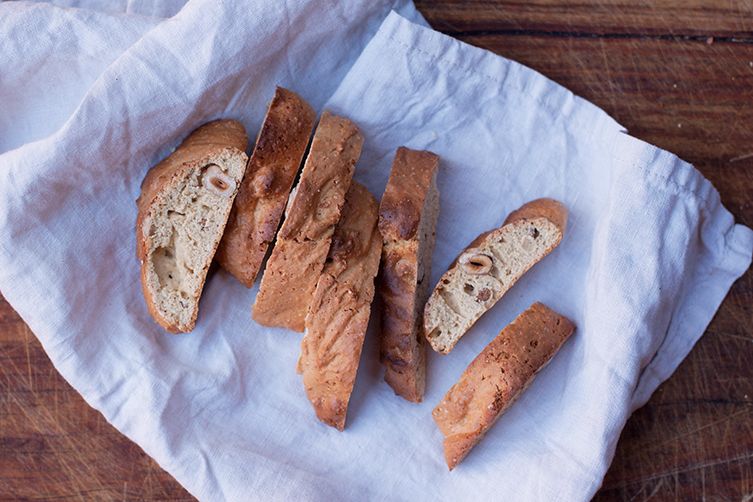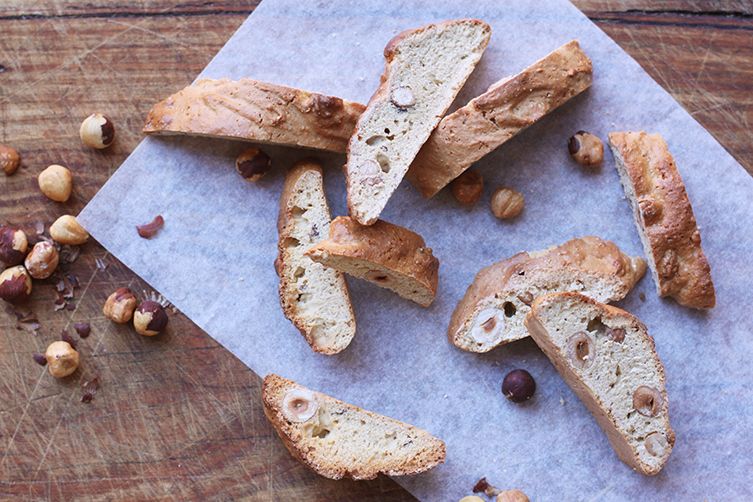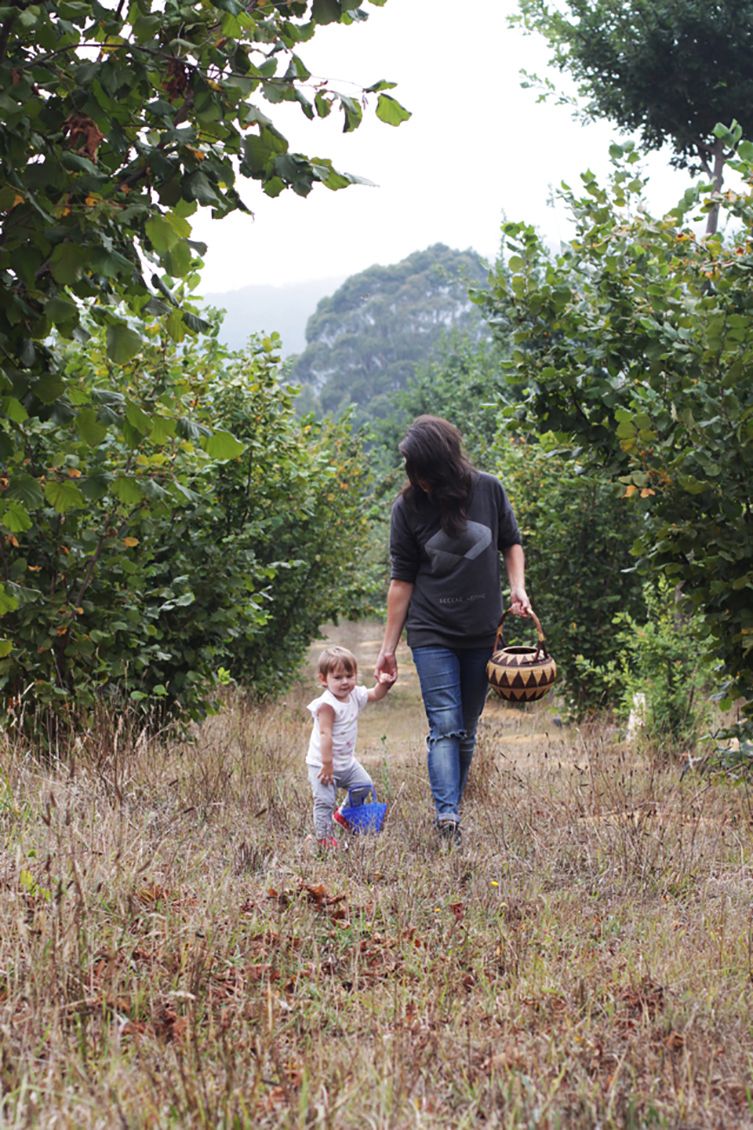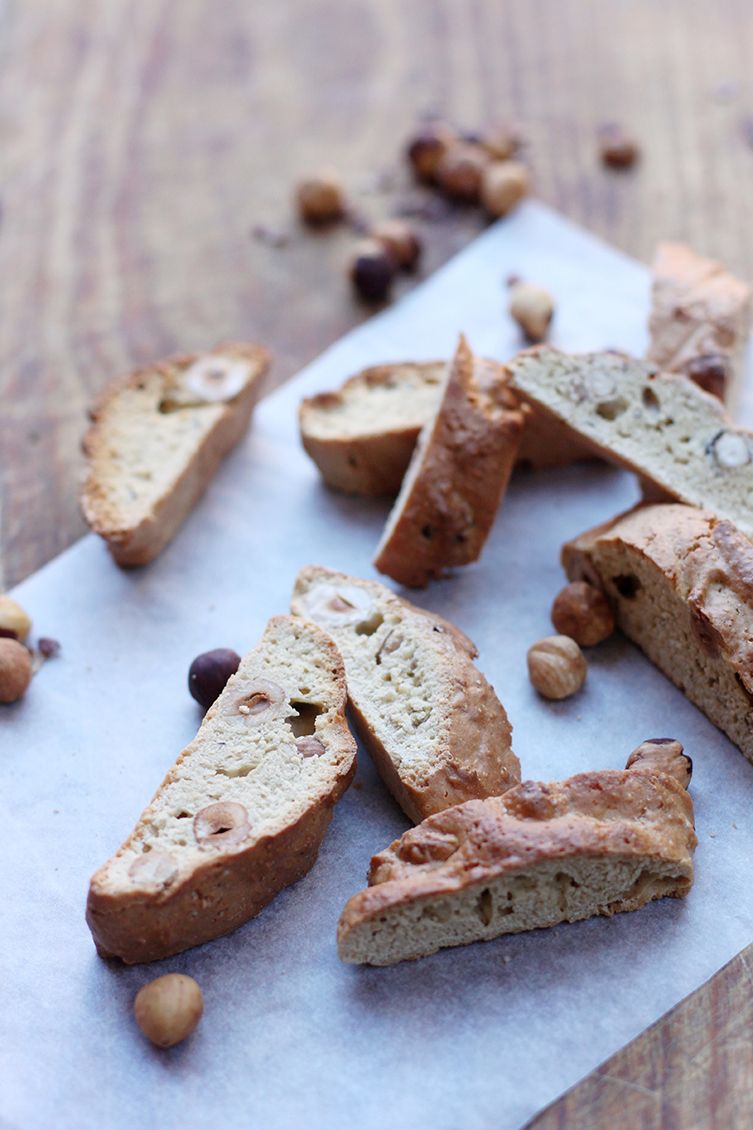Popular on Food52
4 Comments
beejay45
October 21, 2015
Have you ever heard of Napolitani? To me they're almost pound cake, but the are shaped into the same low shallow loaves when they are baked, which you couldn't do with pound cake batter, and IIRC, they may have candied fruit in them. After baking, once, they are sliced the same as biscotti but not baked a second time. All this is to say, I've been searching for a recipe for them for years, but the only reference I've found is to a commercial bakery in the Bronx. ;) I've ordered theirs a time or two, and they're good, but I want to make my own. Thanks if you have any knowledge of these. (or even if you don't -- the article, itself, is worth the reading for all the info it contains).
Diana Z.
October 7, 2015
Yum! Interesting differences between the biscotti. Hazelnut biscotti will be perfect to bake in Piemonte
Lynn M.
July 12, 2017
I am studying abroad in Florence. Are you aware of anyplace in Tuscany where I can learn and bake Hazelnut or any ither flavir Biscotti with a real baker? Thank you so much!
Emiko
July 13, 2017
I think most cooking classes in Tuscany do biscotti in their repertoire, they are a really classic thing to make at home. I'm not sure what you mean by a "real baker", you mean like doing a course in a bakery? I've never seen that to be honest but I am about to visit later this month one of the most famous biscotti factories in Tuscany, it's in Prato. If you follow me on instagram you'll catch more!





See what other Food52 readers are saying.